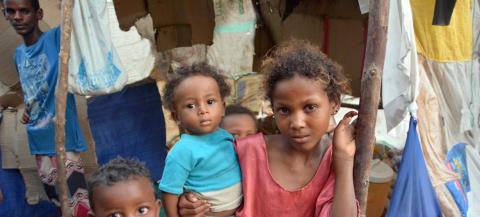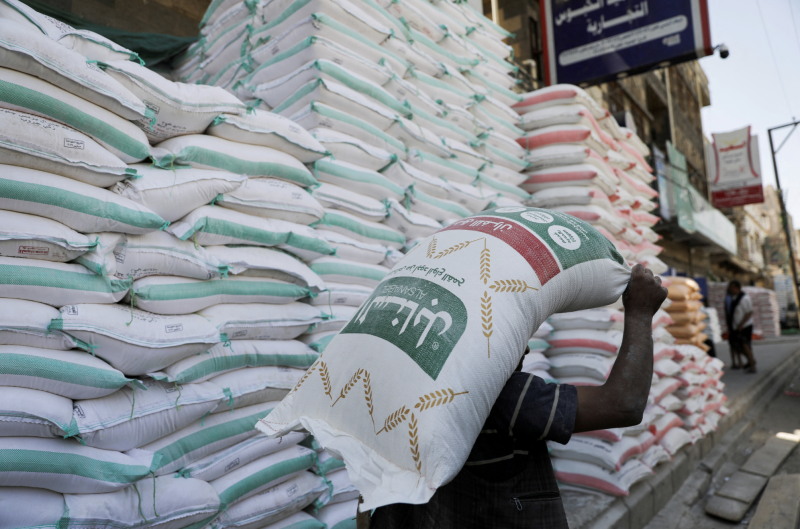Yemen Humanitarian Update


HIGHLIGHTS
Resources needed to sustain world’s largest aid operation in 2020
The food insecurity situation continues to deteriorate
Aid continues to reach conflict-displaced persons in Marib and Al Jawf
Authorities, aid agencies step up measures to curb COVID-19
Yemen Humanitarian Fund allocates US$3.5m to ensure critical services continue
Resources needed to sustain world’s largest aid operation in 2020
Aid organizations are finalizing the status report on the humanitarian operation in Yemen – a technical roll over from the 2019 Humanitarian Response Plan. The status report, which outlines humanitarian response priorities for 2020, will highlight the financial requirements for this year. Of the UN’s 41 major humanitarian programmes, 31 will either reduce or shut during April unless funding is urgently received.
The humanitarian crisis in Yemen remains the worst in the world, driven by five years of conflict, economic collapse and the breakdown of public institutions and services.
The scale, severity and complexity of needs in Yemen are staggering. As the crisis entered its sixth year, some 24 million people, 80 per cent of the entire population, continue to require some form of assistance or protection and close to half of all families are in acute need. Over 230 of Yemen’s 333 governorates are food insecure. Conditions in these districts are the worst in the country: 103 districts are at risk of famine; 41 districts have malnutrition rates above 15 per cent; 54 districts have acute WASH deficits; and 46 districts are at high risk of cholera. Intensifying conflict has compromised access to health care while there are ongoing risks of cholera, malaria, dengue and other disease outbreaks; only 50 per cent of health facilities in Yemen are functioning, and services are restricted further by intermittent electricity and power outages across the country.
Even if the war was to end now, recovery would take decades. Yemen’s economy has been badly fractured by half a decade of war. The country has lost US$90 billion in economic output, and gross domestic product has declined by 50 per cent, one of the steepest declines anywhere in the world.
Lack of resources will disrupt core, life-saving services for millions of people, including emergency food aid, treatment for malnourished children, vaccines for children and shelter for families fleeing conflict.

Aden — Yemen Airways has announced new updates to its ticket cancellation (VOID) policy, introducing financial penalties on travel agents in…

Geneva – The United States announced that Yemen will not be among the countries benefiting from a new $2 billion funding pledge for United Na…

Paris — The French humanitarian organization Acted announced that it has delivered cash assistance to nearly 89,000 people affected by displa…